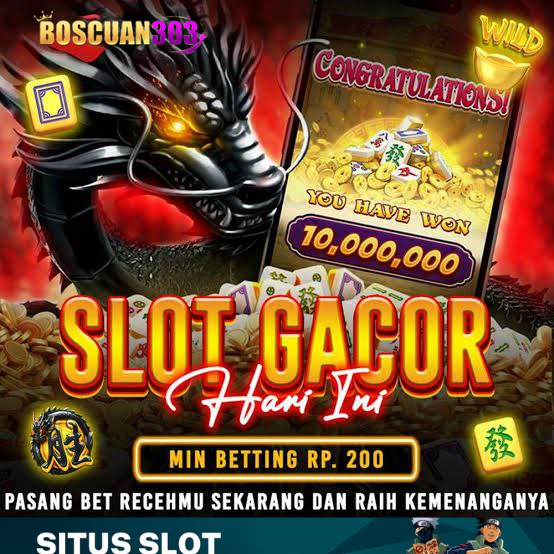Banyak diminati. 52k orang membeli ini dalam 24 jam terakhir.
Harga: Rp 6,000+
Normal: Rp 100,000+
Diskon segera berahir 21:07:47
MPO Slot merupakan link alternatif situs slot Mpo gacor resmi dari server thailand anti nawala dengan minimal bet 200 dan deposit menggunakan qris terbaik dan terbaru 2025.
Star Seller
Star Sellers have an outstanding track record for providing a great customer experience—they consistently earned 5-star reviews, shipped orders on time, and replied quickly to any messages they received.
-
1. Enter Name/Text
2. Color of Yarn (Default color is white yarn if none selected)
*This is oversized jumper, select one size smaller for a more fitting look0/1024
You can only make an offer when buying a single item
Star Seller. Penjual ini secara konsisten mendapatkan ulasan bintang 5, mengirim tepat waktu, dan membalas dengan cepat setiap pesan yang mereka terima.
Highlights
MPO Slot merupakan link alternatif situs slot Mpo gacor resmi dari server thailand anti nawala dengan minimal bet 200 dan deposit menggunakan qris terbaik dan terbaru 2025.
-
Pesan hari ini dan akan tiba pada: Sep 19-26
Jika anda bermain di situs link slot yang memiliki lisensi resmi seperti MPO SLOT. Anda berhak mendapatkan hadiah tambahan yang besar hari ini.
-
Pengembalian dan penukaran tidak diterima
Namun, silakan hubungi saya jika Anda memiliki masalah dengan pesanan Anda
-
Cost to ship: Rp 6,000
-
Ships from: Indonesia
There was a problem calculating your shipping. Please try again.
MPO SLOT Perlindungan Pembelian
Berbelanja dengan percaya diri di MPO SLOT, mengetahui jika terjadi kesalahan pada pesanan, kami siap membantu Anda untuk semua pembelian yang memenuhi syarat —
see program terms
Captcha failed to load. Try using a different browser or disabling ad blockers.
4.9 out of 5
(62.6k reviews)
All reviews are from verified buyers
Gila! Baru sekali coba main link slot langsung jackpot maxwin besar-besaran! 🔥
Mantap banget! Situs gacor ini benar-benar kasih pengalaman seru main link slot online dengan kemenangan hari ini!
Thank you MPO SLOT! Akhirnya nemu situs link slot gacor hari ini yang paling seru dimainkan lewat slot android!
Gila sih, situs gacor ini bikin aku auto jatuh hati ❤️ makasih banyak MPO SLOT!
Photos from reviews

This seller usually responds within 24 hours.
Smooth shipping Has a history of shipping on time with tracking.
Speedy replies Has a history of replying to messages quickly.
Rave reviews Average review rating is 4.8 or higher.
Disclaimer: MPO Slot merupakan link alternatif situs slot Mpo gacor resmi dari server thailand anti nawala dengan minimal bet 200 dan deposit menggunakan qris terbaik dan terbaru 2025.


